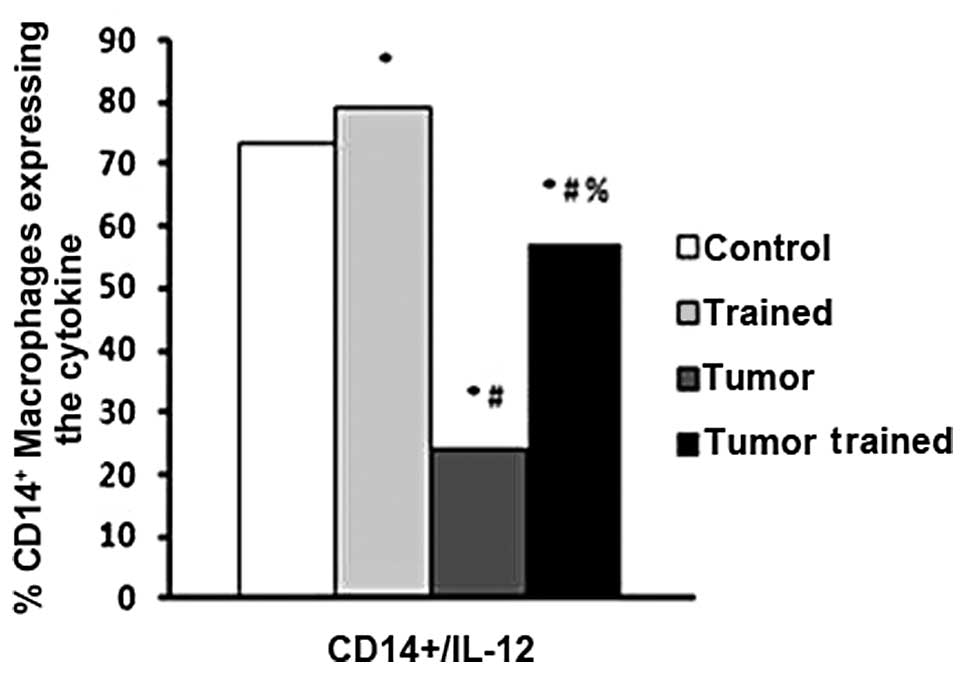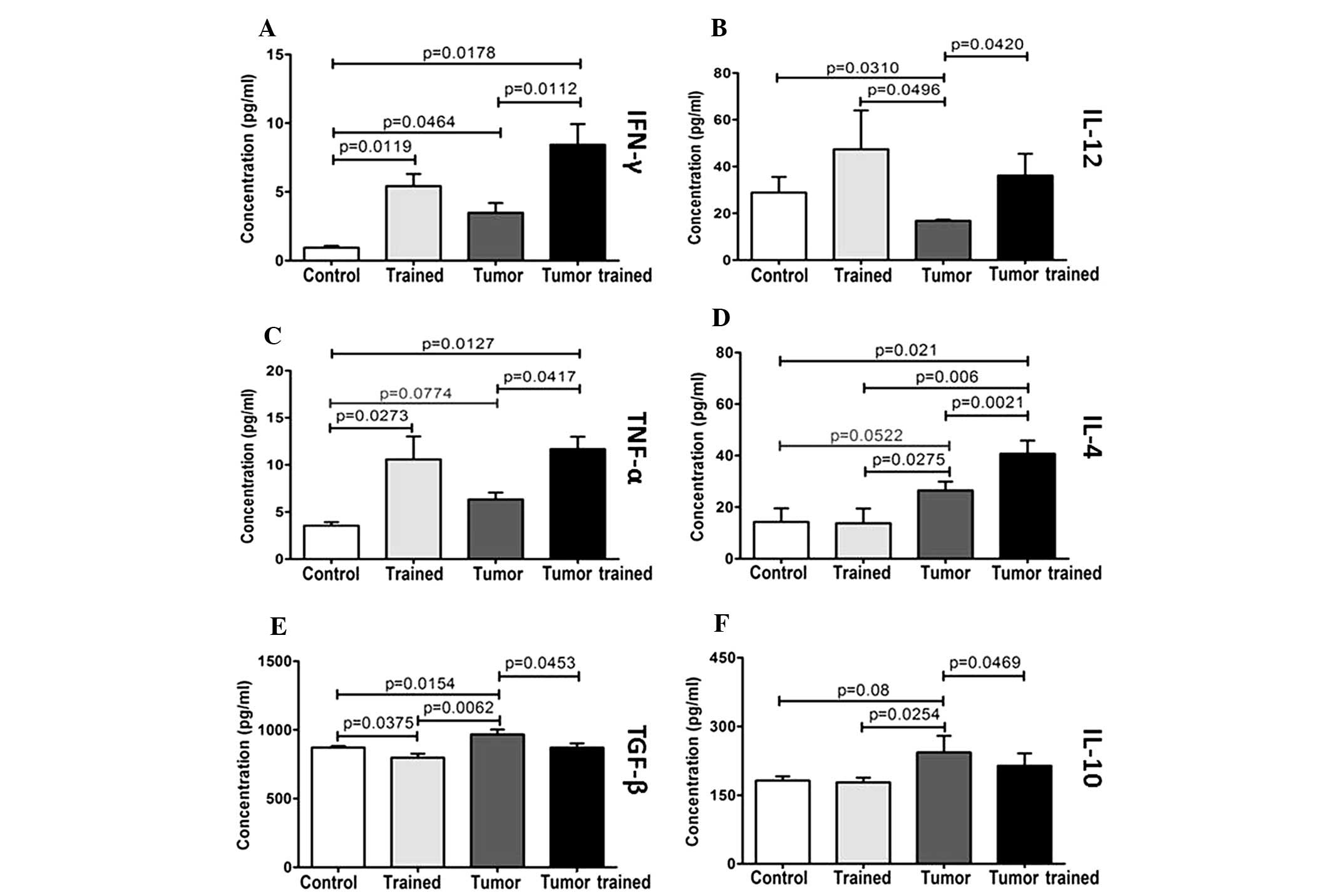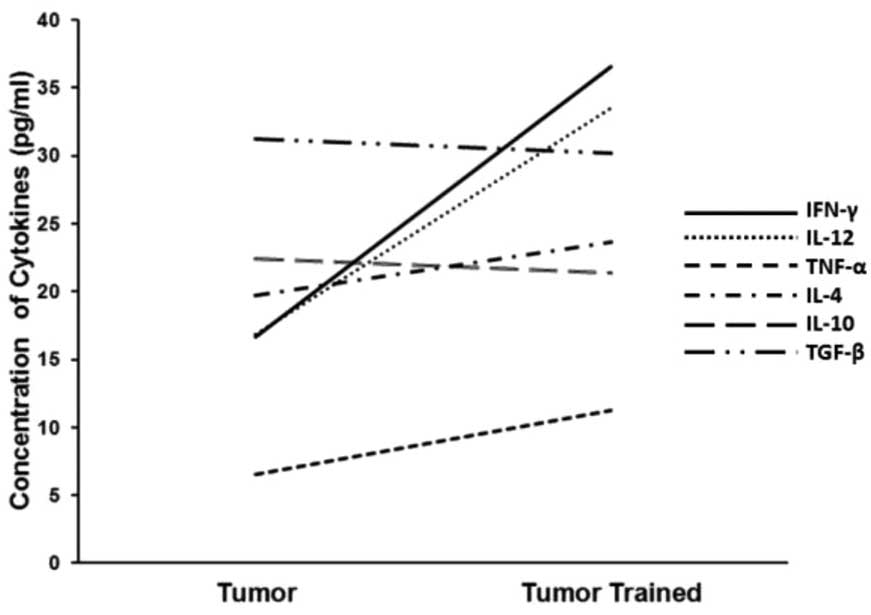|
1
|
van Furth R, Cohn ZA, Hirsch JG, Humphrey
JH, Spector WG and Langevoort HL: The mononuclear phagocyte system:
a new classification of macrophages, monocytes, and their precursor
cells. Bull World Health Organ. 46:845–852. 1972.PubMed/NCBI
|
|
2
|
Mackaness GB: The immunological basis of
acquired cellular resistance. J Exp Med. 120:105–120. 1964.
View Article : Google Scholar : PubMed/NCBI
|
|
3
|
Gordon S and Taylor PR: Monocyte and
macrophage heterogeneity. Nat Rev Immunol. 5:953–964. 2005.
View Article : Google Scholar : PubMed/NCBI
|
|
4
|
Gordon S: The macrophage: past, present
and future. Eur J Immunol. 37(Suppl 1): S9–S17. 2007. View Article : Google Scholar
|
|
5
|
Gordon S: Alternative activation of
macrophages. Nat Rev Immunol. 3:23–35. 2003. View Article : Google Scholar
|
|
6
|
Martinez FO, Helming L and Gordon S:
Alternative activation of macrophages: an immunologic functional
perspective. Annu Rev Immunol. 27:451–483. 2009. View Article : Google Scholar : PubMed/NCBI
|
|
7
|
Mills CD, Kincaid K, Alt JM, Heilman MJ
and Hill AM: M-1/M-2 macrophages and the Th1/Th2 paradigm. J
Immunol. 164:6166–6173. 2000. View Article : Google Scholar : PubMed/NCBI
|
|
8
|
Lefèvre L, Galès A, Olagnier D, Bernad J,
Perez L, et al: PPARγ ligands switched high fat diet-induced
macrophage M2b polarization toward M2a thereby improving intestinal
Candida elimination. PLoS One. 5:e128282010.
|
|
9
|
Mantovani A, Bottazzi B, Colotta F,
Sozzani S and Ruco L: The origin and function of tumor-associated
macrophages. Immunol Today. 13:265–270. 1992. View Article : Google Scholar : PubMed/NCBI
|
|
10
|
Mantovani A, Schioppa T, Porta C, Allavena
P and Sica A: Role of tumor-associated macrophages in tumor
progression and invasion. Cancer Metastasis Rev. 25:315–322. 2006.
View Article : Google Scholar : PubMed/NCBI
|
|
11
|
Sica A, Larghi P, Mancino A, Rubino L,
Porta C, Totaro MG, et al: Macrophage polarization in tumour
progression. Semin Cancer Biol. 18:349–355. 2008. View Article : Google Scholar : PubMed/NCBI
|
|
12
|
Dannenmann SR, Thielicke J, Stöckli M,
Matter C, von Boehmr L, Cecconi V, Hermanns T, Hefermehl L, Schraml
P, Moch H, et al: Tumor-associated macrophages subvert T-cell
function and correlate with reduced survival in clear cell renal
cell carcinoma. Oncoimmunology. 2:e235622013. View Article : Google Scholar : PubMed/NCBI
|
|
13
|
Woods JA: Exercise and resistance to
neoplasia. Can J Physiol Pharmacol. 76:581–588. 1998. View Article : Google Scholar : PubMed/NCBI
|
|
14
|
Pedersen BK and Hoffman-Goetz L: Exercise
and the immune system: regulation, integration, and adaptation.
Physiol Rev. 80:1055–1081. 2000.PubMed/NCBI
|
|
15
|
Cassetta L, Cassol E and Poli G:
Macrophage polarization in health and disease.
ScientificWorldJournal. 11:2391–2402. 2011. View Article : Google Scholar : PubMed/NCBI
|
|
16
|
Zijlmans HJ, Fleuren GJ, Baelde HJ, Eilers
PH, Kenter GG and Gorter A: Role of tumor-derived proinflammatory
cytokines GM-CSF, TNF-alpha, and IL-12 in the migration and
differentiation of antigen-presenting cells in cervical carcinoma.
Cancer. 109:556–565. 2007. View Article : Google Scholar
|
|
17
|
Kizaki T, Takemasa T, Sakurai T, Izawa T,
Hanawa T, Kamiya S, Haga S, Imaizumi K and Ohno H: Adaptation of
macrophages to exercise training improves innate immunity. Biochem
Biophys Res Commun. 372:152–156. 2008. View Article : Google Scholar : PubMed/NCBI
|
|
18
|
Lu Q, Ceddia MA, Price EA, Ye SM and Woods
JA: Chronic exercise increases macrophage-mediated tumor cytolysis
in young and old mice. Am J Physiol. 276:R482–R489. 1999.PubMed/NCBI
|
|
19
|
Woods J, Lu Q, Ceddia MA and Lowder T:
Special feature for the Olympics: effects of exercise on the immune
system: exercise-induced modulation of macrophage function. Immunol
Cell Biol. 78:545–553. 2000. View Article : Google Scholar : PubMed/NCBI
|
|
20
|
Bombarda J, Melo JC, De Souza ER, Nóbrega
OT and Córdova C: Exercise below the anaerobic threshold increases
phagocytic and microbicide activities of neutrophils in Wistar
rats. J Bras Patol Med Lab. 45:9–15. 2009.(In Portuguese).
|
|
21
|
Schmieder A, Michel J, Schönhaar K, Goerdt
S and Schledzewski K: Differentiation and gene expression profile
of tumor-associated macrophages. Semin Cancer Biol. 22:289–297.
2012. View Article : Google Scholar
|
|
22
|
Shirabe K, Mano Y, Muto J, Matono R,
Motomura T, Toshima T, Takeishi K, Uchiyama H, Yoshizumi T,
Taketomi A, et al: Role of tumor-associated macrophages in the
progression of hepatocellular carcinoma. Surg Today. 42:1–7. 2012.
View Article : Google Scholar : PubMed/NCBI
|
|
23
|
Abdalla DR, Murta EF and Michelin MA: The
influence of physical activity on the profile of immune response
cells and cytokine synthesis in mice with experimental breast
tumors induced by 7,12-dimethylbenzanthracene. Eur J Cancer Prev.
22:251–258. 2013. View Article : Google Scholar
|

















